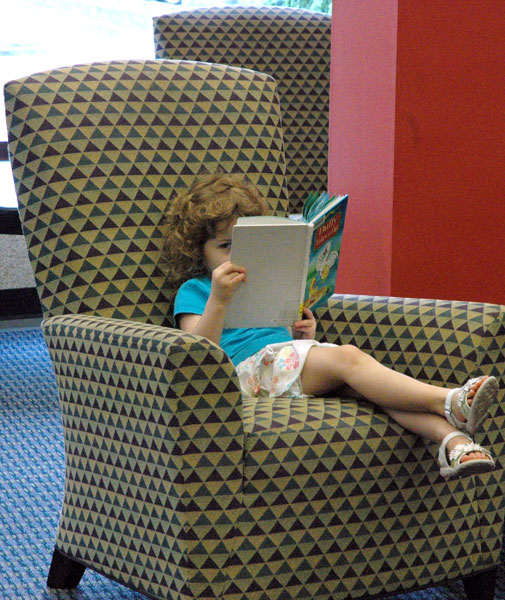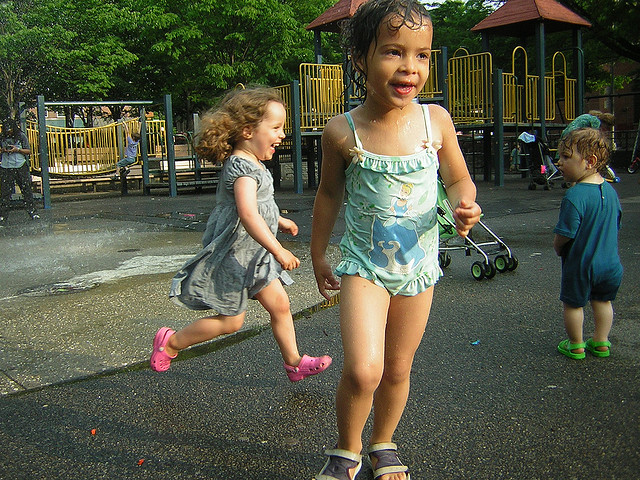THANK YOU to everyone who participated in Language Lizard’s $250 Bilingual Book Giveaway! We were impressed with the number of entrants and very inspired by the feedback we received from participants! You are all working so hard to improve literacy and language skills among dual language learners.
We also appreciate all your efforts to teach children about other cultures and support a greater understanding of diversity and our multicultural community. If you would like to read some of the comments of our............. CONTINUE READING
Families
September 27, 2011
The research extolling the benefits of bilingualism abounds in today’s day and age. Bilingualism helps us better understand the structure of languages and can give us an in-depth view of another culture. Bilingualism can delay the onset of Alzheimer’s symptoms. It can help people find jobs here in the United States and in other countries.
Although most of us in the United States don’t start learning additional languages until middle school or college, for some time............. CONTINUE READING
July 13, 2011
Whether bilingual children speak both of their languages well or are in the process of learning a second language, summer foreign language programs can be a great way to help them become more comfortable in their languages. Without the need to focus on daily schoolwork, summer provides a wonderful opportunity for bilingual children to experience a daily language bath without the pressure of assessment.
The key is to find a program that works well for your child. The first step is to............. CONTINUE READING
Bilinguals around the world will tell you that they do not have the same degree of fluency in all of their languages. A language that is used primarily in academic situations may come across as stiff and stilted when used in less formal situations. Family issues are often more easily discussed in a home language. Depending on where we live when our first child is born, we may only know the vocabulary for baby items in one language and find the............. CONTINUE READING
June 28, 2011
Summer is such a wonderful time for children: playing with neighbors in the sprinkler, splashing with friends at the local pool, eating popsicles on the back porch. Summertime freedom is expansive and overwhelming.
The downside of summer for many teachers, especially those teaching English Language Learners (ELLs), is that they often worry that all of the hard work that their students put in during the school year will decline during the summer months. Without daily input of spoken and written language, a............. CONTINUE READING
May 16, 2011
Research continues to show that support for the home language is an essential element in supporting children’s academic skills. Parents who engage with their children in their home language through discussion, reading books out loud and in everyday activities help children to do better in school, even if the school language is different from the home language. This is in contrast to research many decades ago that encouraged parents to speak the community language at home with their............. CONTINUE READING
May 14, 2011
According to the US Census Bureau, over 20% of the US population is of “foreign stock” – that is, they are either foreign-born or have at least one parent who was born in another country. In 2000, 47 million people in the United States spoke a non-English language at home, an increase of over 45% in just one decade. The number of native-born Americans with close ties to another country is expected to grow even more over the next few decades.
While these............. CONTINUE READING






